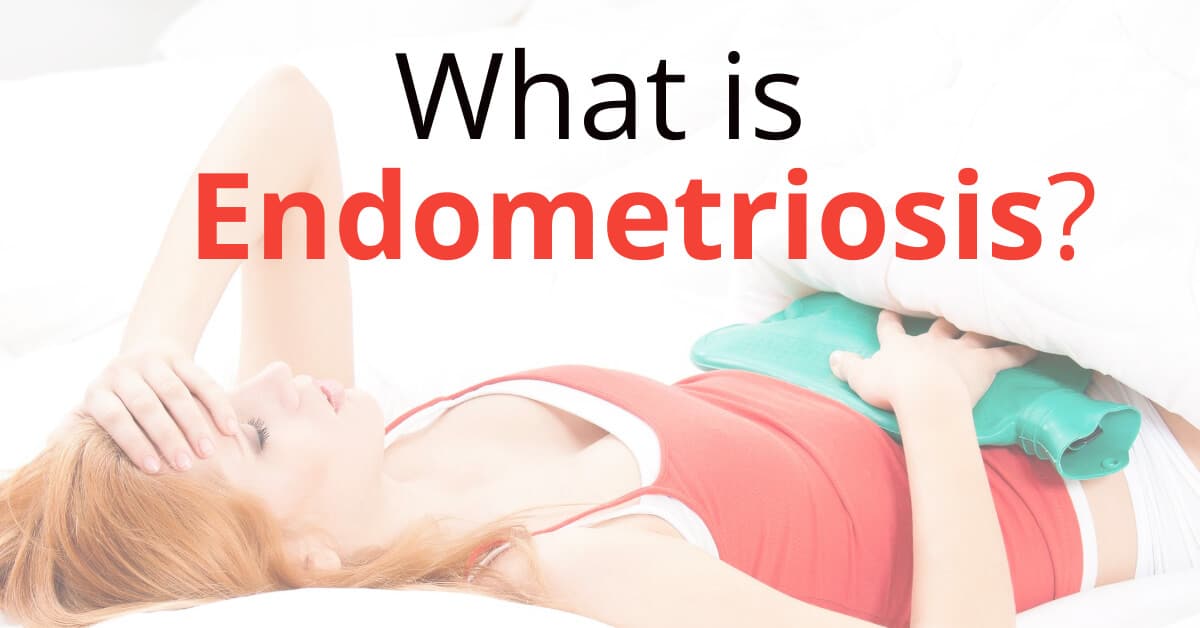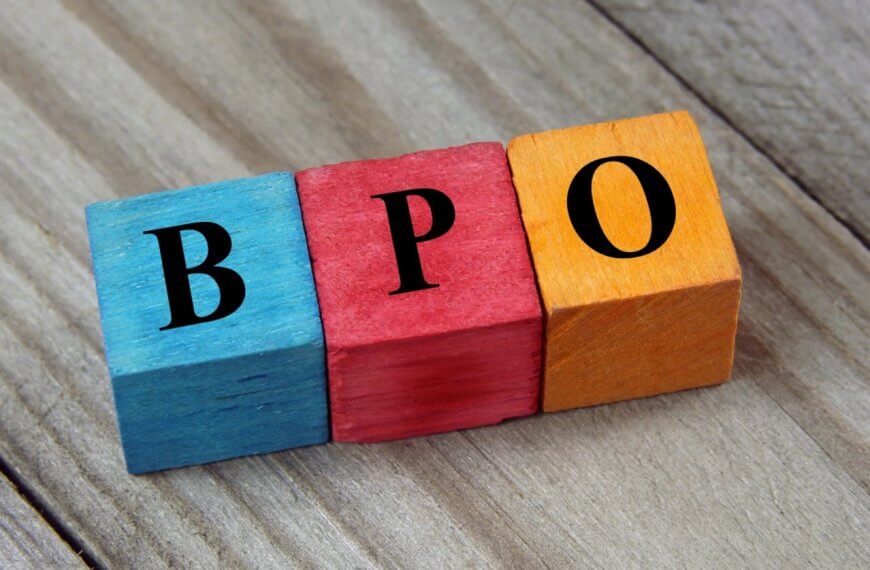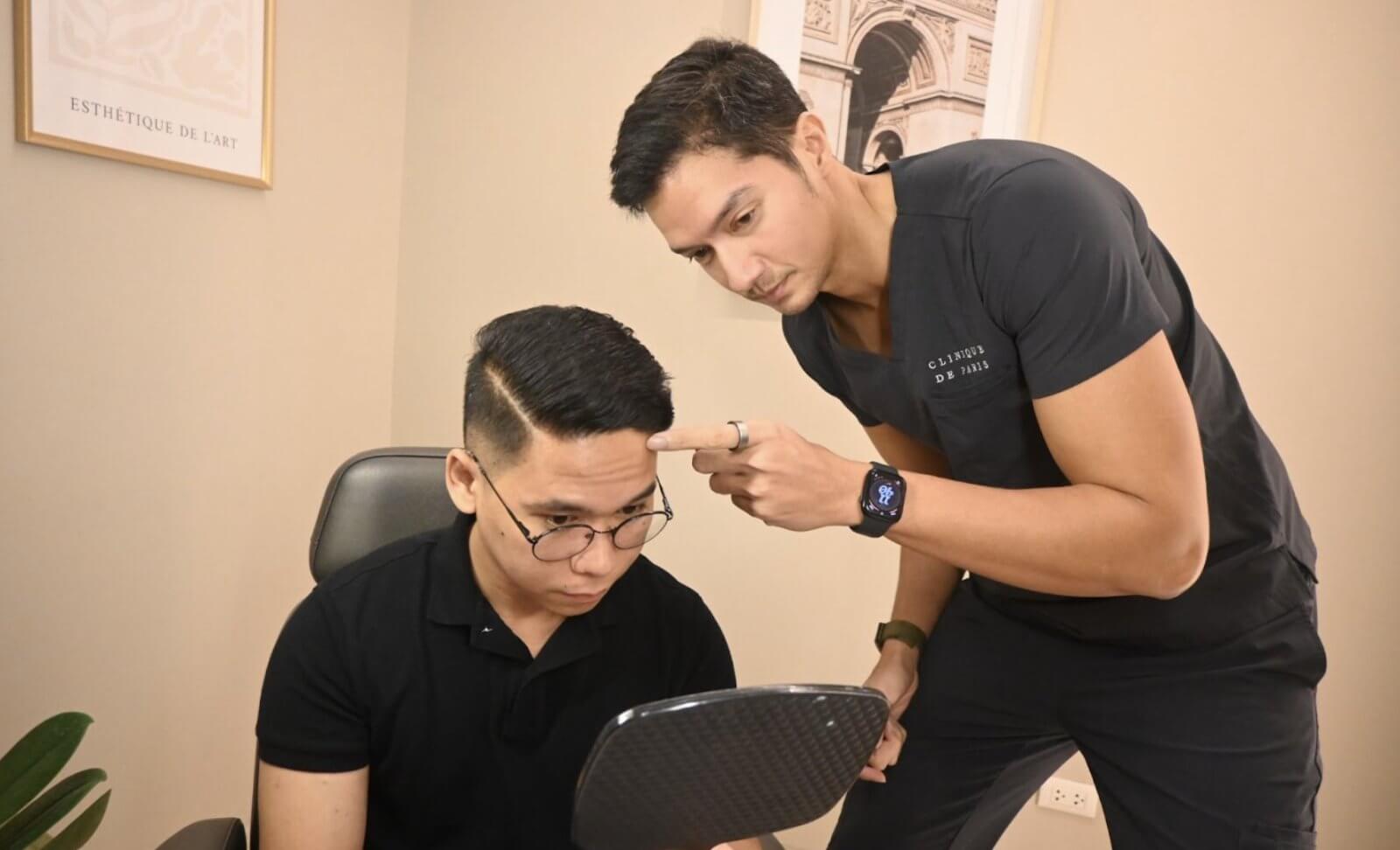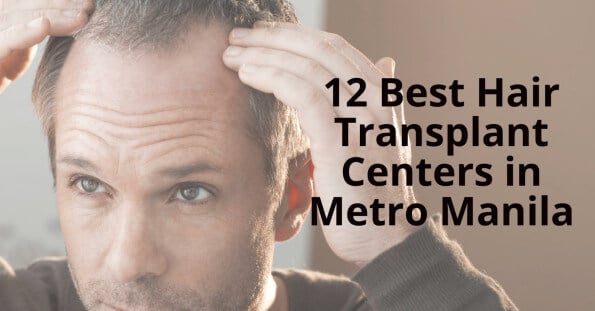Endometriosis Awareness Month!
Ladies please, if you experience these symptoms go to your OBGYN right away without delay!! Severe pain is not normal under any circumstances. Don’t be afraid to speak up!
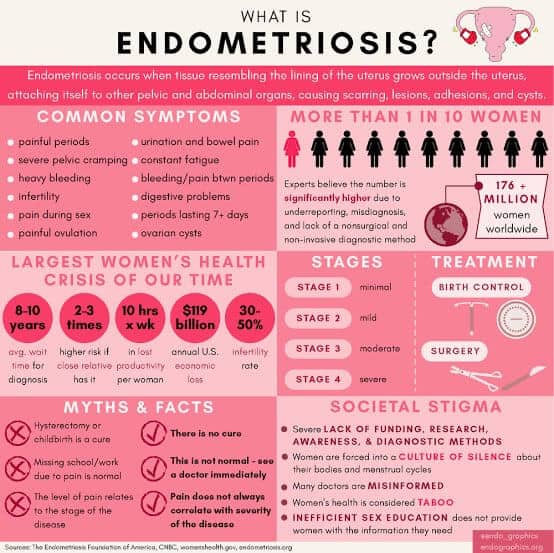
What is Endometriosis?
Endometriosis is a condition that causes tissue to grow outside of the uterus. Blood will be released by the tissue and then flow out of the body. The surrounding areas may become inflamed and swell. Scar tissue and lesions may develop. Endometriosis affects mostly women’s ovaries.
Types of Endometriosis
There are 3 main types of endometrial disease: superficial peritoneal lesion, ovarian lesion and deeply infiltrating endometriotic lesions.
Superficial Peritoneal Lesions
These are small nodules on the surface of the abdominal wall. They can be found in the pelvis or abdomen. These lesions do not affect the bowel or bladder.
Ovarian Lesions
This type of endometrial disease occurs when there is growth of endometrial tissue inside the ovary. This can cause an increase in the size of the ovary. It also can cause cysts to form inside the ovary. Ovarian lesions are often painful and may cause infertility.
Deeply Infiltrating Endometriotic Lesions
This type of endometrial cancer is where the endometrial cells have grown deep into the muscle layers of the pelvic cavity.
Endometriosis Symptoms
You may experience back pain, menstrual cramps, diarrhea, or constipation. These symptoms could be caused by anemia. Anemia occurs when there aren’t enough red blood cells in your body. This condition can lead to fatigue, weakness, and dizziness. To treat this problem, talk to your doctor about iron supplements. Iron helps your body make new red blood cells. Your doctor may also prescribe medication to help reduce your period flow.
Endometriosis Causes
Endometriosis is an illness that affects many women. Doctors don’t know why it happens, but some believe that menstrual blood passes backwards through the fallopian tube and sticks to other parts of the body. Women with this condition often have genetic problems as well.
Endometriosis Treatment
Endometriosis is a painful condition that causes women to experience abnormal bleeding during their menstrual cycle. Treatment options include medical and surgical procedures. Conservative treatments include birth control pills, hormone therapy, and nonsteroidal anti-inflammatory drugs (NSAIDs). Surgery is an option for those who do not respond well to conservative treatments.
There is currently no cure for Endometriosis, but there are various treatments that may help manage symptoms. These include:
- “Surgery” – Removal of the endometrial implants from the affected area.
- “Hormone Therapy” – Hormonal treatment with estrogen and progesterone.
- “Birth Control Pills” – Birth control pills decrease the amount of hormones produced by the ovaries.
- “Non Steroid Anti Inflammatory Drugs” – NSAID’s such as ibuprofen and naproxen.
- “Corticosteroids” – Corticosteroids are steroids used to relieve inflammation.
- “Immunosuppressants” – Immunosuppressants are medications that suppress the immune system.
To help relieve period pain, try these tips:
Put a heating pad or heatpatch on your lower belly.
Take a warm bath.
Exercise! Exercising during your period might help ease menstrual cramps…
Meditation helps people relax by focusing on breathing. Mindful movement helps people relax by concentrating on moving their body smoothly.
The best way to get rid of endometriosis is prevention. If you think you might have endometriosis, consult your physician right away. Do this without fail.
